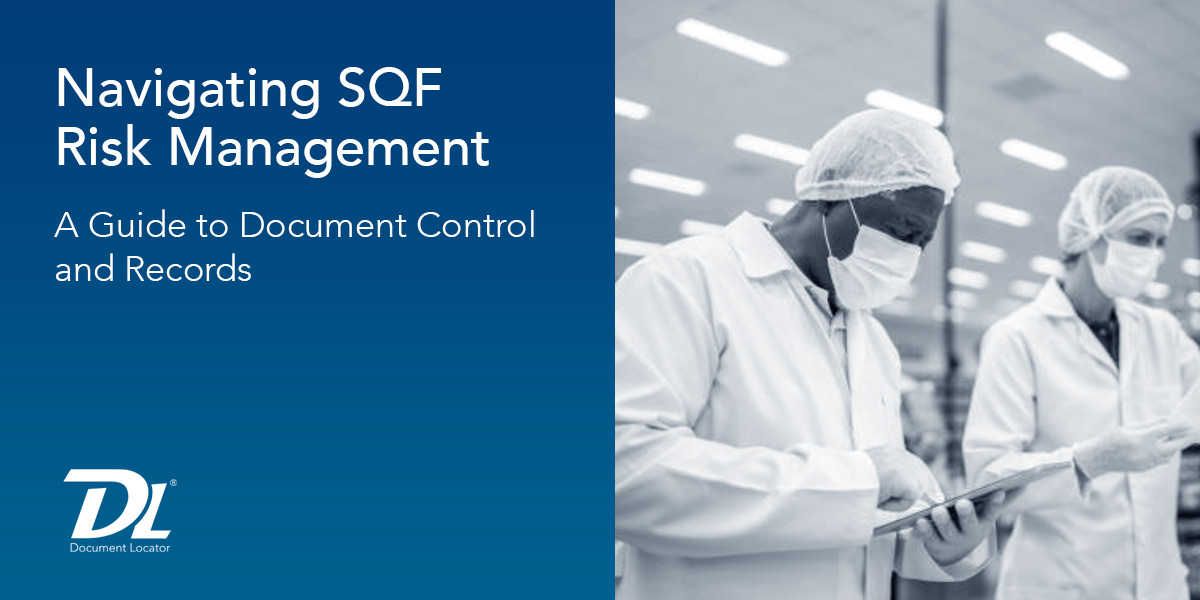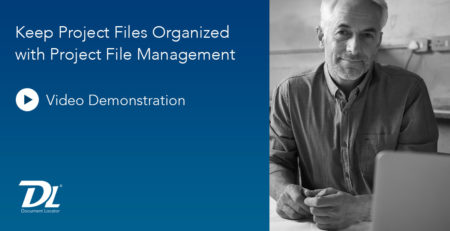In the complex world of food safety, compliance with industry standards is paramount. One such standard is the Safe Quality Food (SQF) system, which places significant emphasis on risk management through effective document control and records practices. In this article, we will delve into the key aspects of SQF risk management, specifically focusing on the definition, implementation, and benefits of robust document control and records programs.
Defining Documents, Document Control, and Records
Before we dive into the intricacies of SQF risk management, it’s crucial to understand the fundamental terms associated with it.
- Documents: This category encompasses all written policies, procedures, and forms that need to be controlled to stay current and up-to-date. Examples include your food safety manual, a cornerstone document in any SQF system.
- Document Control: This refers to the practices ensuring that documents are created, stored, reviewed, distributed, and disposed of in an organized and verifiable manner.
- Records: These are data collected in various forms, serving as evidence of the execution of your food safety plan. Monitoring logs, certificates of analysis, and calibration records are examples. Records must be current, accessible, and stored securely to uphold the SQF system with objective evidence and traceability.
Implementing an SQF System: Say What You Do, Do What You Say
- Say What You Do
- Document your SQF system comprehensively with policies, procedures, work instructions, labels, raw material and finished product specifications.
- Ensure everything is physically documented, not just understood verbally.
- Update documentation based on changes in your system or periodic reviews.
- Require employees to read and acknowledge they understand these documents.
- Do What You Say
- Capture records that provide proof of compliance, these include: monitoring logs, validation studies, verification records, corrective actions, audits, vendor records, raw material specifications or finished product specifications, and training records.
Understanding SQF Code Requirements
The SQF Code outlines specific requirements for the Food Safety Management System, Document Control, and Records.
- Food Safety Management System
- Summary of food safety policies and methods.
- Processes and products within the scope of certification.
- Relevant food safety regulations and specifications.
- Document Control
- Develop a system for identifying and managing documents.
- Ensure document control policies cover processes, storage, approvals, distribution, reviews, updates, versioning, and availability.
- Records
- Records must be clear, concise, legible, and accurate.
- Implement a written policy for verifying, maintaining, and retaining records.
Benefits of Effective Document Control and Records Management
- Data-Driven Decision Making
- Use collected data to improve decision-making, processes, identify cost-saving opportunities, and more.
- Historical Perspective and Trending
- Document changes to understand the reasoning behind them.
- Analyze records for effective trending, determining the success of changes.
- Training and Work Instructions
- Use documents and records for training purposes, creating work instructions and SOPs.
- Recall Readiness
- Organized documentation aids in swift product retrieval during recalls or withdrawals, preventing harm to consumers.
- Business Growth and Compliance
- Complete and organized records are a showcase of compliance that can potentially attract new or increased business opportunities.
SQF risk management through effective document control and records practices is not just a regulatory requirement; it’s a strategic move that enhances food safety, operational efficiency, and business growth. By adhering to SQF code requirements and leveraging the benefits of meticulous documentation, companies can establish and maintain a robust food safety culture, ensuring the well-being of consumers and the success of their businesses.






